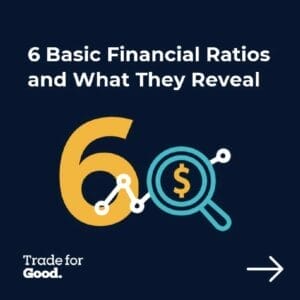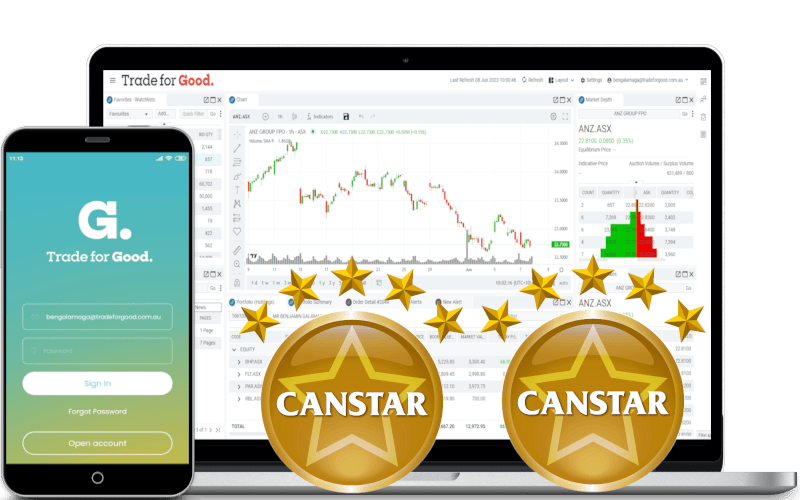ICEBERG ORDERS

What Is an Iceberg Order?
An Iceberg Order is a large order that has been divided into smaller, visible portions to hide the total order size. This strategy is used by institutional traders and high-net-worth individuals to minimize market impact and avoid tipping off other traders to their intentions.
The trader splits a large order into smaller ones executed gradually, showing only a small visible “tip” on the order book while keeping the bulk hidden until execution.
How to Identify an Iceberg Order
Since iceberg orders are designed to be hidden, they can be challenging to detect, but there are some telltale signs:
1. Unusual Replenishing of Orders at a Specific Price Level
- If a specific bid or ask level seems to refill after execution, it may indicate an iceberg order e.g. You execute a trade against a bid size of 500, but the bid remains at 500 or reappears repeatedly.
2. Time & Sales Analysis
- If a large number of small trades occur at the same price level, it may be a sign that a hidden order is being executed in portions.

3. Level 2 Order Book Depth Analysis
- Watching the order book for abnormal behavior (e.g., constant replenishment at a price level) can indicate iceberg activity.
4. Unusual Market Reaction to a Seemingly Small Order
If small orders cause price resistance or sudden reversals, it may indicate a hidden larger order.

5. Volume Clusters at Specific Price Levels
- Large executed volumes without significant changes in the order book suggest the presence of iceberg orders.
The Bottom Line
When you notice a bid or ask size that keeps replenishing after being hit, it often indicates a large player using an iceberg strategy to minimize market impact.
By tracking these persistent order sizes and price levels, you can identify potential support or resistance zones where significant institutional money is operating. These zones could provide price support and signal bullish institutional interest.
You can download the offline guide here 6 Basic Financial Ratios and What They Reveal

What you learn here has been used in our Trade for Good software.
Click on the button to find our software education videos.
You can read more of our educational articles in the Trade for Good Learn section
Trade for Good Learn


